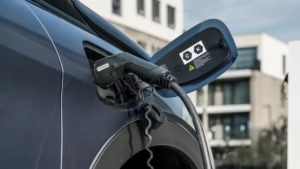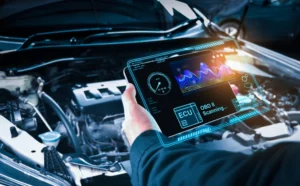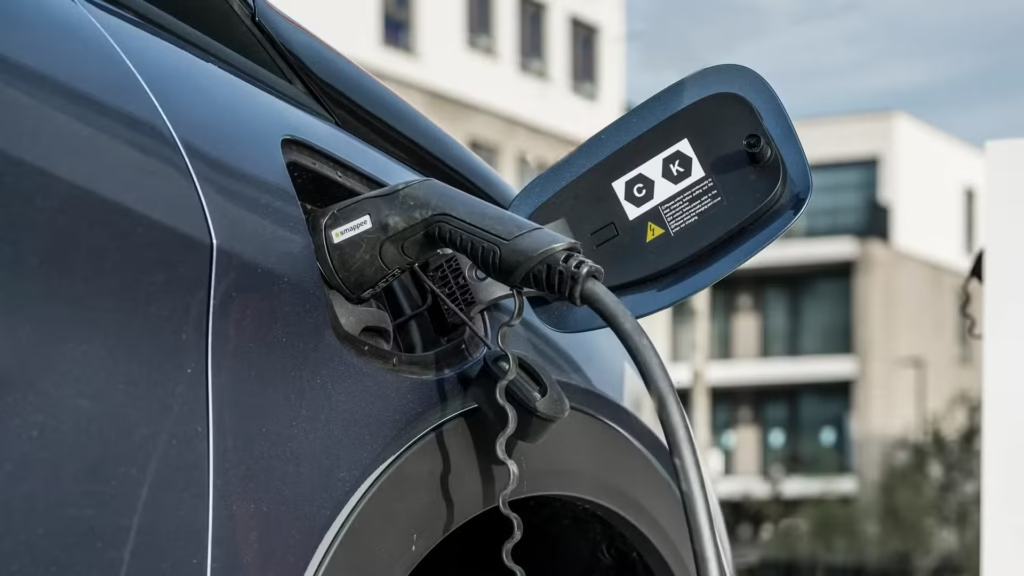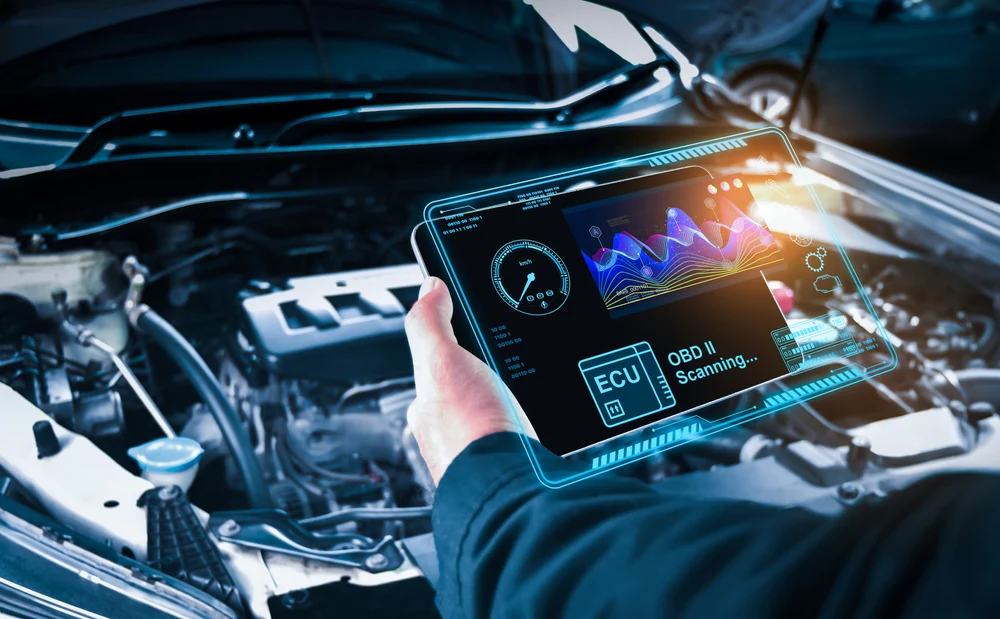The Car Computerized System Learning Process and Update Service

Modern vehicles have become increasingly reliant on computerized systems, transforming the way we drive, maintain, and understand our cars. These systems are designed to optimize performance, enhance safety, and provide an unmatched driving experience. However, to ensure these benefits, regular updates and learning processes for the car’s computerized system are essential. In this blog, we will dive into the learning process and update services for vehicle computer systems and why they are critical for maintaining optimal functionality.
Understanding Car Computerized Systems
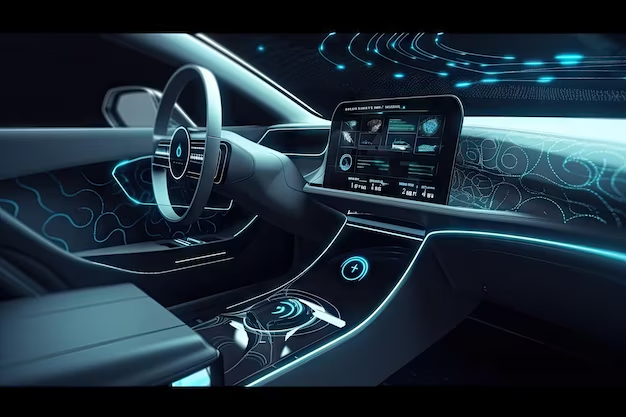
Car computerized systems, commonly referred to as Electronic Control Units (ECUs), act as the brain of the vehicle. They control a range of functionalities, such as:
Engine Management: Ensures optimal fuel-to-air ratios, ignition timing, and emissions control.
Transmission Control: Manages gear shifting and adapts to driving conditions for a smoother ride.
Safety Systems: Controls ABS, airbags, traction control, and other safety features.
Infotainment: Manages navigation, entertainment, and connectivity systems.
Advanced Driver-Assistance Systems (ADAS): Includes lane-keeping assist, adaptive cruise control, and collision avoidance systems.
These systems rely on software to function effectively. Like any digital system, they require regular updates to stay current and adapt to new technologies, environments, and regulations.
The Learning Process of Car Computerized Systems

Car computerized systems are not static; they continuously learn and adapt to improve their performance. The learning process involves:
1. Data Collection
Modern vehicles collect data from sensors, cameras, and external inputs. This data helps the system understand:
Driving habits.
Road conditions.
Vehicle performance metrics.
2. Adaptive Algorithms
The collected data feeds into adaptive algorithms that enable the system to:
Adjust engine performance based on driving patterns.
Modify suspension settings for a smoother ride.
Improve fuel efficiency by learning optimal driving routes and habits.
3. Communication Between Systems
Multiple ECUs communicate with each other to share insights. For example, the engine control unit works with the transmission control unit to optimize power delivery during gear changes.
4. User Interaction
Some systems allow drivers to customize settings or provide feedback, further aiding the learning process.
The Importance of System Updates
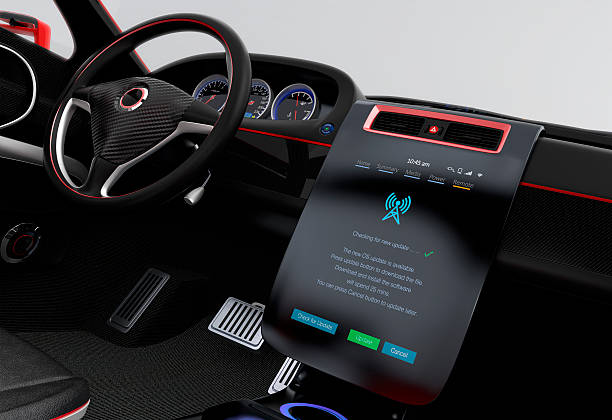
Regular updates to a vehicle’s computerized systems are critical for several reasons:
1. Improved Performance
Updates can enhance engine efficiency, improve fuel economy, and provide smoother handling. For instance, a software update might refine turbocharger control for better acceleration.
2. Enhanced Safety
Safety systems like ADAS rely on up-to-date software to function correctly. Updates can:
Improve object detection for collision avoidance.
Enhance response times for emergency braking systems.
Ensure compliance with the latest safety standards.
3. Bug Fixes
Like any software, car systems may encounter bugs that affect functionality. Updates resolve these issues, preventing potential malfunctions.
4. Compatibility with New Technologies
As new technologies emerge, updates ensure that the vehicle remains compatible. For example, software updates might add support for new smartphones or improve connectivity with smart home devices.
5. Regulatory Compliance
Vehicle emissions and safety regulations are constantly evolving. Updates help ensure that the car adheres to these standards, avoiding penalties and maintaining roadworthiness.
Car Computerized System Update Services
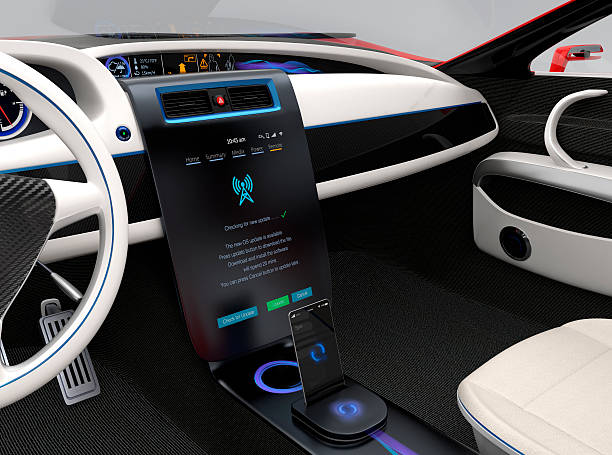
Update services are essential for keeping your car’s computerized systems in top condition. Here’s how they work:
1. Diagnostic Check
Before an update, a diagnostic check is performed to identify:
Outdated software versions.
Errors or malfunctions in the system.
Potential areas for improvement.
2. Software Updates
Technicians or automated systems install the latest software updates. These updates can be delivered via:
Dealerships: Vehicle manufacturers often provide updates through authorized service centers.
Over-the-Air (OTA) Updates: Many modern cars can download updates directly via Wi-Fi or mobile networks.
Diagnostic Tools: Professional tools like Thinkcar Thinkdiag or Thinktool Lite 2 allow for manual updates.
3. Calibration and Testing
After the update, the system is calibrated to ensure it functions correctly. Technicians may:
Test drive the vehicle to confirm improved performance.
Reconfigure adaptive settings based on user preferences.
4. Backup and Recovery
Reputable services create a backup of the original system before updating. This ensures that the previous version can be restored if necessary.
Benefits of Regular Updates
Investing in regular update services offers numerous advantages:
Optimized Performance: Keeps your car running smoothly and efficiently.
Extended Lifespan: Reduces wear and tear by ensuring systems operate within optimal parameters.
Enhanced Resale Value: Updated systems make your vehicle more attractive to potential buyers.
Peace of Mind: Knowing your car is equipped with the latest safety and performance features.
DIY vs. Professional Update Services
While some updates can be performed at home using tools or OTA updates, professional services offer significant advantages:
Expertise: Trained technicians can handle complex systems and unexpected issues.
Advanced Tools: Professional diagnostic equipment ensures accurate and comprehensive updates.
Warranty Protection: Manufacturer-approved updates maintain your warranty.
The learning process and update service for car computerized systems are crucial for maintaining performance, safety, and compatibility. With regular updates, your vehicle can adapt to new technologies, enhance its functionality, and provide a better driving experience. Whether you choose professional services or DIY updates, staying proactive about your car’s computerized systems is an investment in its longevity and reliability.
So, the next time you schedule a service for your vehicle, don’t overlook the importance of updating its computerized systems. Your car’s performance and safety depend on it!

